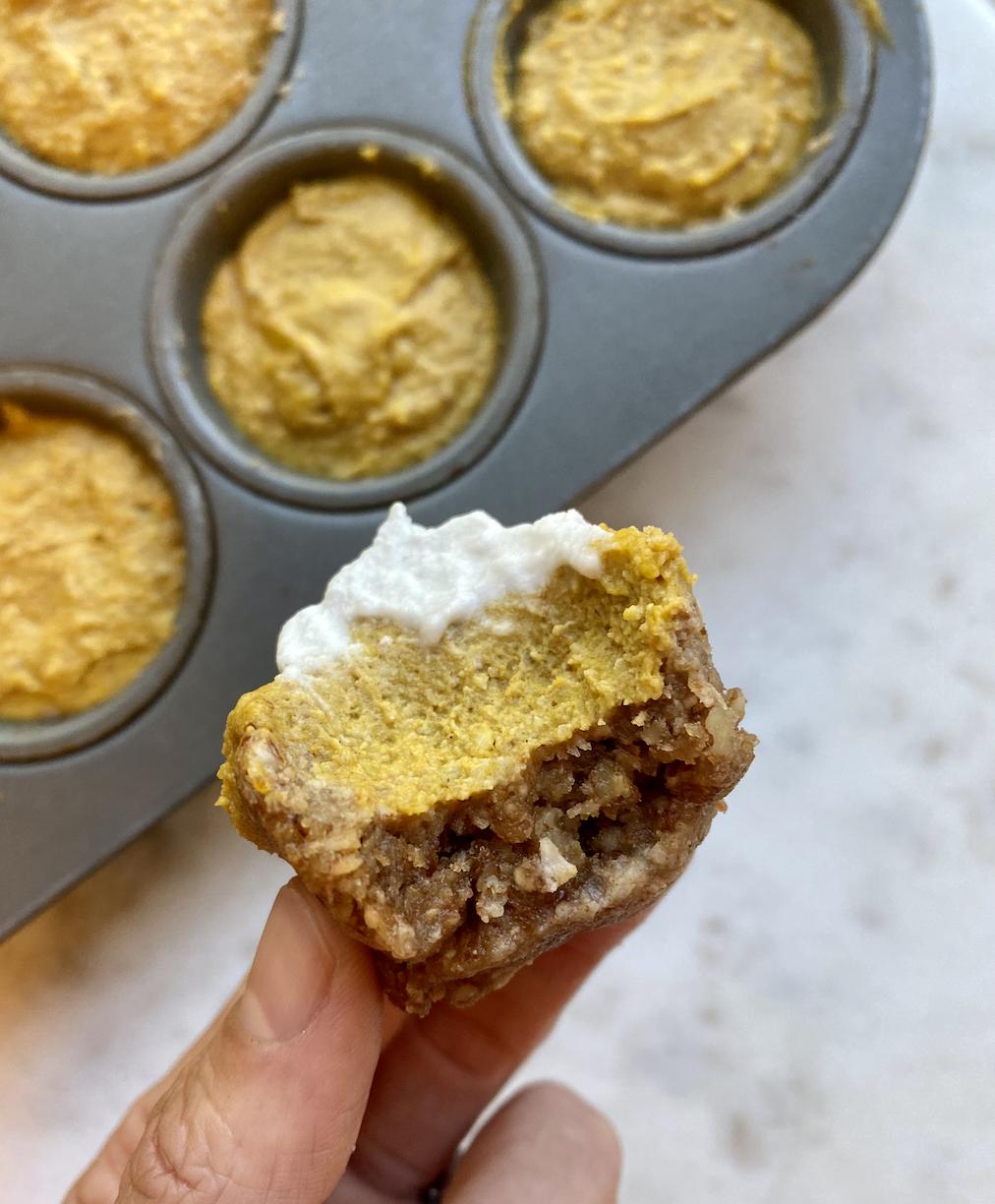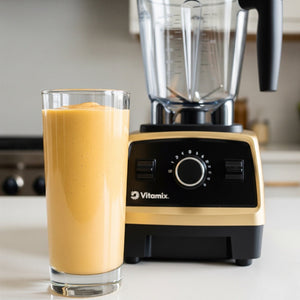I love everything Sugarproof kids share, and it’s my goal to champion books, brands, and experts like Emily and Michael, who are doing deep work. Their all about taking small steps in your home to help lower your sugar intake without sacrificing flavor or fun!
If you're trying to lower your sugar intake at home, the kitchen is a great place to start. Baking, in particular, can be one of the biggest culprits when it comes to excess sugar.
Many traditional recipes call for more sugar than they really need, which can quickly add up—contributing to blood sugar spikes, weight gain, and energy crashes. The good news is, you don’t have to sacrifice flavor or sweetness to reduce your sugar intake! By using whole foods, you can make delicious, healthier baked goods without compromising on taste.
Why Sugar Reduction Matters
Consuming too much added sugar has been linked to a variety of health problems, including obesity, diabetes, heart disease, and inflammation. By reducing your sugar intake, you’re not only cutting back on empty calories, but you're also helping to stabilize your energy levels and improve your overall health. The great news is that you don’t have to go sugar-free to enjoy your favorite treats. Instead, it’s all about making smarter choices and using whole food ingredients that naturally provide sweetness and depth of flavor.
Whole Food Swaps for Lower-Sugar Baking
Here are some simple and effective ways to lower the sugar in your baked goods while still enjoying the sweet, comforting flavors you love:
1. Swap Refined Sugar for fruit purees
Fruit purees, like applesauce, mashed bananas, or even pumpkin puree, are fantastic natural sweeteners that add moisture and flavor to your baked goods. These whole foods contain fiber and vitamins, making them a more nutritious choice. You can usually replace half the sugar in a recipe with fruit puree without sacrificing sweetness. For example:
- Bananas: Use ripe bananas for a natural sweetness in muffins, pancakes, or cookies.
- Applesauce: Replace sugar in cakes and brownies with unsweetened applesauce.
- Pumpkin: Ideal for fall-inspired recipes like pumpkin bread or pie.
2. Use Dates or Date Paste
Dates are incredibly sweet and packed with fiber, making them an excellent sugar substitute. You can blend dates into a paste and use it in your baked goods. They work wonderfully in brownies, cookies, and bars, providing natural sweetness along with a rich caramel-like flavor. Dates also offer a low glycemic index, so they won't cause the same blood sugar spikes as refined sugars.
3. Experiment with Coconut Sugar
Coconut sugar is a great alternative to refined white sugar, with a similar taste and texture. It’s made from the sap of the coconut tree, and while it still contains sugar, it’s a more nutrient-dense option. Coconut sugar has a lower glycemic index than white sugar and contains trace amounts of minerals like iron, zinc, and calcium. It works well in most baking recipes, from cakes to cookies to granola.
4. Try Stevia or Monk Fruit for a Zero-Calorie Option
If you're looking for a zero-calorie option that still adds sweetness, stevia and monk fruit are both excellent choices. These natural sweeteners are derived from plants and are much sweeter than sugar, so you only need a small amount to achieve the desired sweetness. Monk fruit also has the added benefit of being a rich source of antioxidants, making it a smart choice for health-conscious bakers.
5. Add Spices and Extracts for Added Flavor
Sometimes, all it takes is a bit of extra flavor to cut back on sugar without sacrificing the satisfaction of a sweet treat. Spices like cinnamon, nutmeg, ginger, and vanilla extract can add a rich, warm flavor to your baked goods, making them feel sweeter without adding any sugar. Cinnamon, in particular, has been shown to help balance blood sugar levels, making it a perfect addition to lower-sugar recipes.
6. Incorporate Nuts and Nut Butters
Nut butters like almond, cashew, or peanut butter can add natural richness and depth to your baking. They not only offer healthy fats and protein, but they also contribute a mild sweetness that can reduce the need for added sugar. Try swapping some of the sugar in your recipes for nut butter in cookies, brownies, or cakes for a healthier, satisfying alternative.
7. Use Greek Yogurt for Sweetness and Creaminess
Greek yogurt can replace sugar in recipes that require a creamy texture, like frostings, smoothies, or cakes. The natural tanginess of yogurt pairs beautifully with fruit purees or spices, allowing you to use less sugar while still creating a balanced, flavorful treat. It also adds a dose of protein and probiotics, which are great for your digestive health.
Baking Tips for Lower-Sugar Success
- Start with Smaller Adjustments: You don’t have to cut out all sugar at once. Start by reducing the sugar by 25% and then gradually decrease more over time as your taste buds adjust.
- Balance Your Ingredients: When reducing sugar, make sure to maintain a balance of wet and dry ingredients so your baked goods turn out properly. Whole food substitutes may alter the texture slightly, so it might take a bit of experimentation to get the perfect result.
- Choose Whole Grain Flours: Whole grain flours like whole wheat, oat, or almond flour add a nutty flavor and extra fiber, which can balance out the sweetness of your baked goods, making them more satisfying and healthy.
Lowering your sugar intake doesn’t have to mean sacrificing the joy of homemade baked goods. By incorporating whole food alternatives, you can create treats that are both delicious and better for your health. Whether you’re replacing refined sugar with fruit, experimenting with coconut sugar, or adding spices and extracts for extra flavor, you can enjoy healthier, lower-sugar versions of your favorite recipes. So, the next time you're ready to bake, try one of these simple swaps—and taste the difference.
And these Pumpkin Pie Bites are a great place to start! After my family devoured the Raw Pumpkin Pie from Sugarproof, I recipe tested a few variations to see if I could lower the sugar content (even more) and cook the raw taste out of the pumpkin. Below you will find my version of their recipe. Both recipes are delicious, and most importantly, they reduce the sugar content and increase nutrients.
A slice of Sugarproof Pumpkin Pie only has 9.7 grams of total sugar from the pumpkin puree and the dates. Still, it also contributes twice the fiber (5.5g vs. 2.4g), more protein (8.5g vs. 5g), and vitamins, minerals, and antioxidants. According to the USDA, a standard slice of pumpkin pie has 25g (over six teaspoons) of total sugar, most of which is in the form of white or brown sugar.

